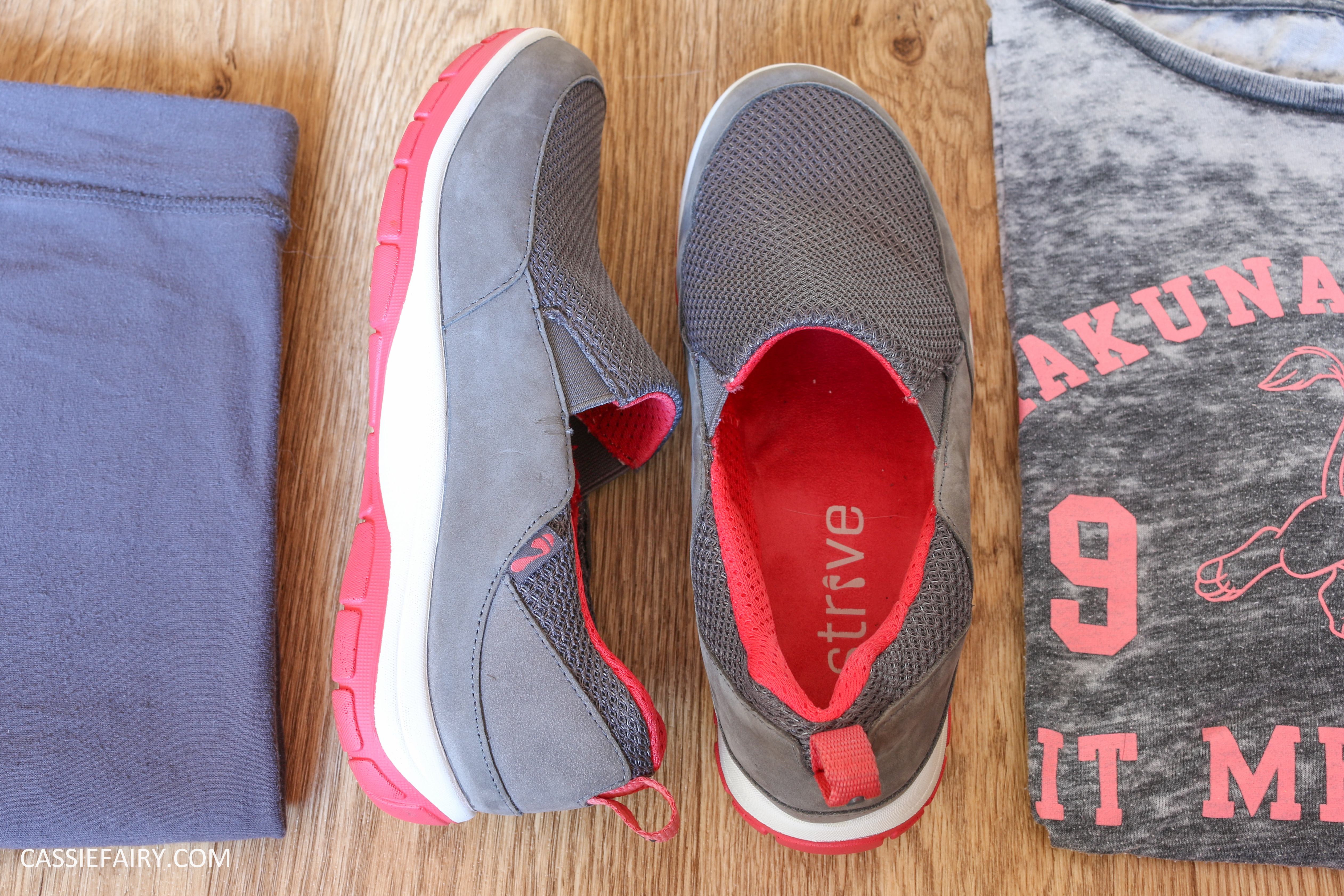Joint inflammation, bodily aches and weight gain are just a few of the conditions that yoga is scientifically-proven to improve. Sure, these concerns might be more likely to be felt by adults, but that doesn’t mean that teenagers can’t benefit from the health-boosting impact of yoga too. Here’s why your youngsters might like to give yoga a go…

Teenage yogis have different needs than adults, so they benefit differently from the practice of yoga. To successfully teach yoga to adolescents, the instructor must understand this difference so it’s important to find a class to suit your youngster. My friend’s little one is already better at doing the downward-facing dog pose than I am! So, it just goes to show that it’s never too early to start reaping the benefits of practising yoga.
TEENAGE STRESS
Teenagers are in mid-development, caught between their child and adult stages. The same can be said for their brains and during this stage, the brain goes through a huge amount of chemical and hormonal changes. These changes affect how a teenager thinks and acts. The resulting stress, anxiety, and depression can be overwhelming, especially among preteens experiencing these feelings for the first time.
This stage can be chaotic and scary, but it also makes adolescence the perfect time to begin practicing yoga. Breathing, harmony, and balance are key concepts taught in every yoga class. These concepts can help teens learn to manage their complicated emotions, a skill that everyone must learn to become an adult.
AND… BREATHE
The stress in a teenager’s life can be overwhelming. Navigating social circles, keeping grades up, and planning for further education are just a few things that can trigger a moment of panic. The breathing techniques taught in yoga class can help calm the mind before panic even starts. Preteens just beginning to figure out how to regulate their own emotions will gain more from the mind-calming aspects of yoga. These benefits are much more relevant to youngsters than the pain-related benefits of yoga that lure most adults to join a class.
TAKE ON A CHALLENGE
Teens also respond well to challenge. It may be tempting to dumb down or simplify the concepts and words associated with yoga, but teenage students are capable of learning on the same scale and pace as adults. That said, teens are still children so so make sure that your youngster’s yoga teacher is fully insured and vetted. Yoga instructors should pay special attention to liability when teaching children and should have affordable yoga insurance plan in place. Here are some tips for teaching yoga to your pre-teen or teenager:
- Don’t underestimate teenagers
- Remember what it felt like to be a teen
- Let them ask questions
- Include frequent rest breaks
- Use positive reinforcement
- Avoid repetition and keep interest alive with variety
CONFIDENCE BOOST
Many teenagers are self-conscious and anxious, but yoga is one way they can gain more confidence. However, knowing how to reach teenagers is critical in inspiring a lifelong passion for yoga. Ultimately, teens want to be seen as individuals and acknowledged for the struggles they endure. While they appreciate guidance, they don’t want to be forced to do anything they don’t want to do. Therefore, teen students need freedom and room to explore most of all.
Interest in yoga should be nurtured, not ignored, and serious teen yogis should be taken just as seriously as adults. The most effective instructors understand the difference between adult and teenage students, and they will tailor their teaching style to meet their students’ needs. Will you encourage your child or teenager to start practising yoga? Does your youngster already benefit from yoga classes? Let me know in the comments below 🙂
This blog post is an advertisement feature that has been written in collaboration with a sponsor. The pink links in this post indicate a sponsored link 🙂






















